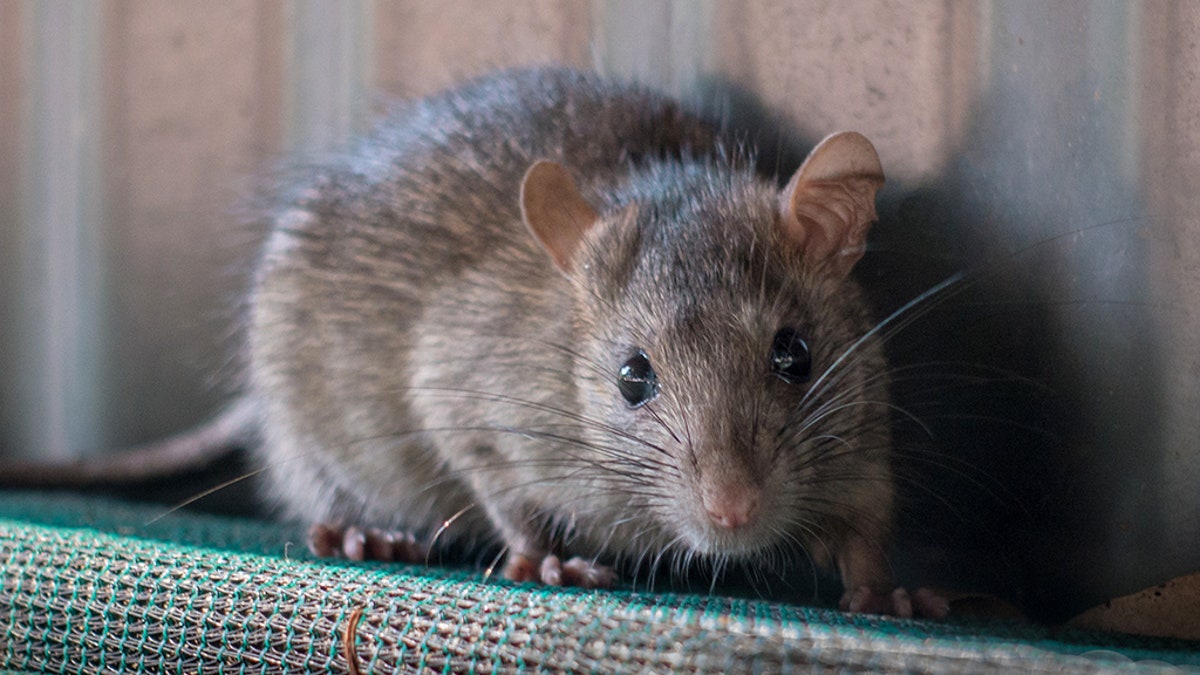
Scientists may have discovered a way to “reverse” alcoholism in rats. (iStock)
Scientists may have discovered a way to “reverse” alcoholism in rats.
By shooting lasers at part of the alcohol-dependent rats’ brains, scientists with Scripps Research were able to “temporarily deactivate a specific neuronal population,” that they think is linked to alcoholism, according to a press release from the research institution. The findings were published this week in the journal Nature Communications.
The new study was partly inspired by past research conducted by scientists at the institution that found “transitioning from casual drinking to dependent drinking occurs alongside fundamental changes in how the brain sends signals.”
DEMI LOVATO REFLECTS ON SOBRIETY, DISCUSSES RELAPSE
For the new study, Oliver George, an associate professor at Scripps Research and the study’s senior author, along with his associates, focused on corticotropin-releasing factor (CRF) neurons in the rats.
“The researchers studied these neurons using optogenetics, a technique that involves the use of light to control cells in living tissue,” Scripps Research explained in the press release. “Rats used in this study were surgically implanted with optic fibers aimed to shine light on the CRF neurons—to inactivate them at the flip of a switch.”
The scientists purposely made the rats addicted to alcohol, slowly increasing their consumption until they were dependent. When the researchers took the alcohol away, the rats exhibited withdrawal symptoms, and drank even more when they were re-introduced to the substance.
“This discovery is exciting—it means we have another piece of the puzzle to explain the neural mechanism driving alcohol consumption."
Then, to “reverse” the rats’ alcoholism, the researchers used lasers to “inactivate the CRF neurons.” The rodents then “immediately returned to their pre-dependent drinking levels,” the researchers said.
“The intense motivation to drink had gone away. Inactivating these neurons also reduced the physical symptoms of withdrawal, such as abnormal gait and shaking,” they added.
When the scientists turned off the lasers, the rats again became alcohol-dependent.
“This discovery is exciting—it means we have another piece of the puzzle to explain the neural mechanism driving alcohol consumption,” George said in a statement.
“In this multidisciplinary study, we were able to characterize, target and manipulate a critical subset of neurons responsible for excessive drinking,” Giordano de Guglielmo, first author of the study and staff scientist at Scripps Research, added.
CHICAGO WOMAN ONCE ADDICTED TO PORN SAYS GOD HELPED CURE HER
While the research is promising -- in fact, the researchers called the breakthrough “huge” and noted it reveals “wiring in the brain that drives a specific, destructive behavior” -- it is not yet advanced enough to conduct human trials. That said, George noted this is the ideal next step.
As Digital Trends reports, the research could lead to more successful treatments for alcohol addiction in the future, such as gene therapies or even a brain implant to control the addiction.
“This work requires the use of cutting-edge technologies that are not approved to be used in humans yet so it may take 15 to 30 years before we see alcoholics with brain implants that help them control their craving,” George told the outlet. “However, this work may stimulate the development of small molecule targeting this population of neurons. By performing high-throughput screening of compounds that can inhibit these neurons, we could develop new medications in a much shorter time frame, possibly 10 to 15 years if we find the funding to do it.”




















